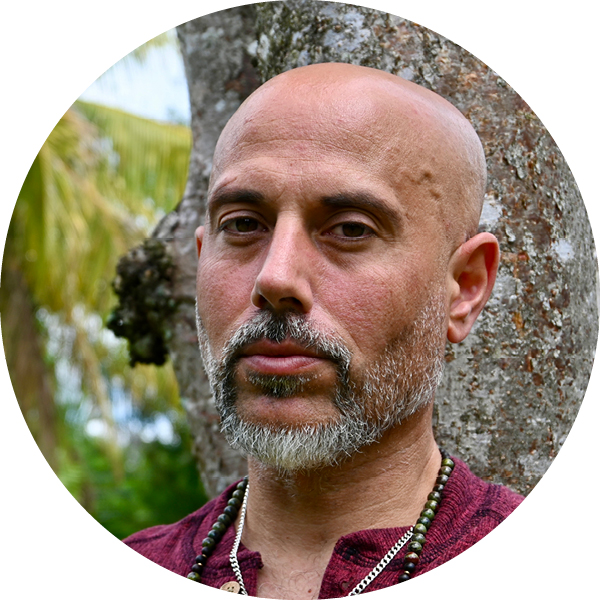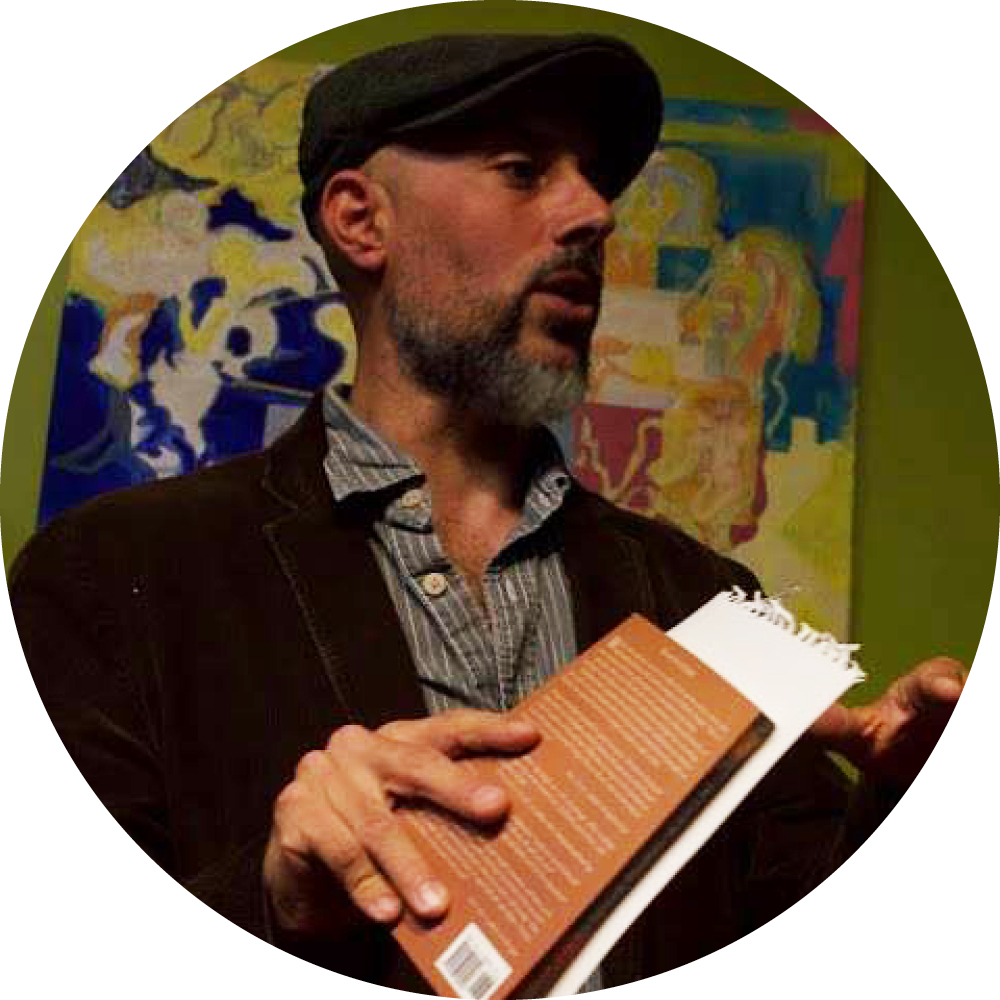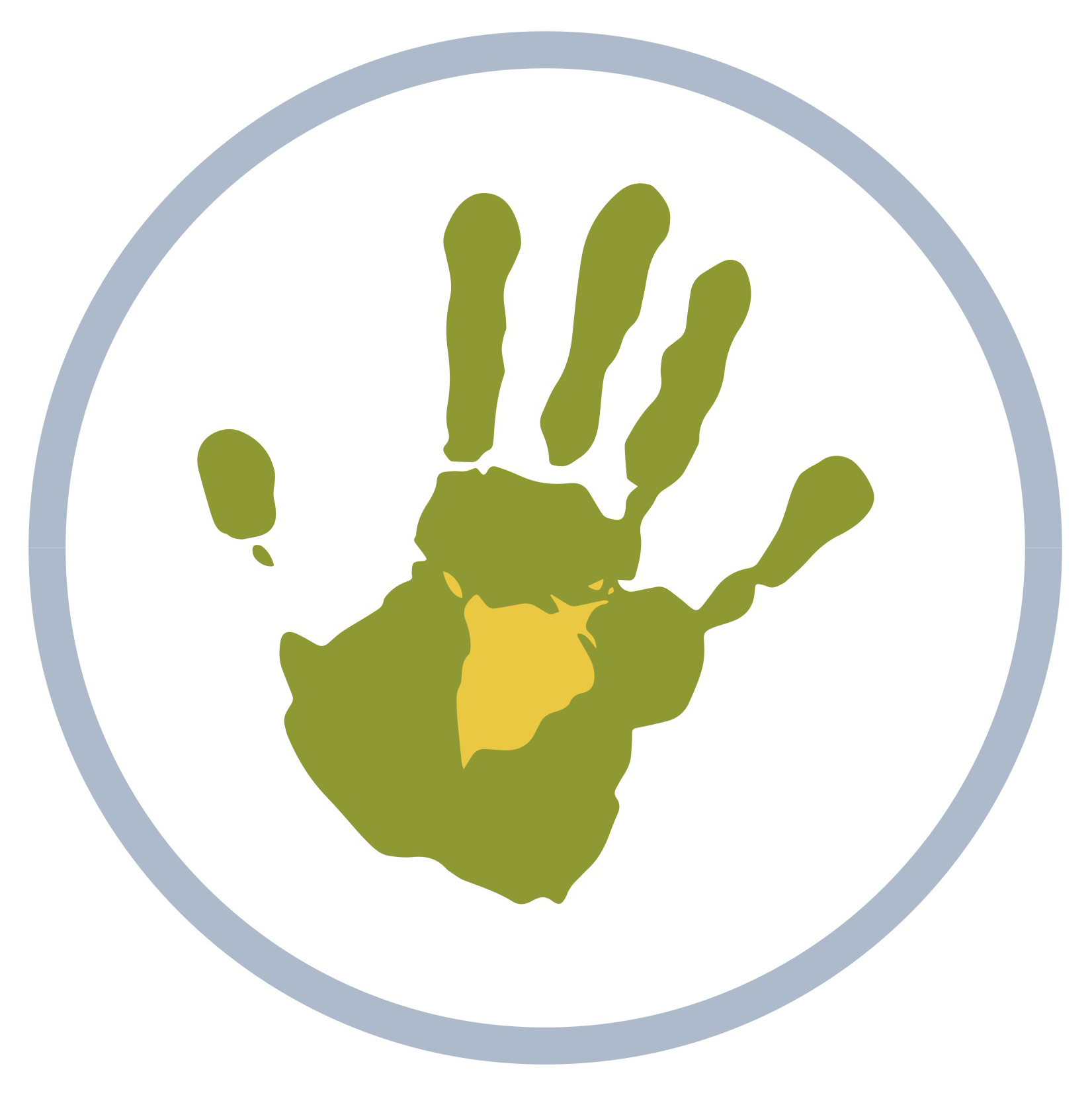Reimagining Homeschooling
By Theodore Richards
At Wisdom Projects, Inc., we’ve designed alternative educational practices for all kinds of settings. Much of our work is applicable to the homeschooling context in which so many of us find ourselves now. In fact, since I’ve been home with my three children (aged 4, 6, and 12), I have found that my work over the years with the Chicago Wisdom Project has prepared me well for this. That’s not to say it’s always easy.
It’s worth remembering that homeschooling isn’t school. This isn’t necessarily bad. There are advantages to being at home as well as challenges. Notice what works better at home and play to those strengths.
The ideas below are only a small part of what any parent might do. Trust your own intuition and, above all else, listen to your children.
Theodore Richards
Founder and Director of the Chicago Wisdom Project & Co-Director of Wisdom Projects, Inc.
General Best Practices
Homeschooling is Not the Same as Remote Learning
The first thing to consider is that, because of the unique situation with the coronavirus, there has been a lot of talk about “remote learning.” Often, the term is conflated with “Homeschooling.” But they are not the same thing. Remote learning is, at best, a useful supplement to homeschool. It can be a way for children to see their peers, to interact meaningfully with their teachers, and to get assignments and feedback for independent work.
“Remote Learning” should not be the foundation for homeschool. It is of course understandable how teachers have attempted to replace their normal time with students with online activities, and understandable how parents, uncertain of what to do and often working remotely themselves, would have bought into it. But there is simply a limit to how much online activity is useful. In fact, too much screen time can do more harm than good. Your kids are better off playing or doing the dishes.
The focus for parents should be to create a vibrant learning space in the home, of which remote learning can be a small part (perhaps more useful as children get older and have more independent work to do).
Scheduling Is Key
Let’s start with a general schedule. It’s especially important for younger children to know what to expect, but all of us benefit from some sense of routine. But this doesn’t mean replicating a school schedule in your house. There is a limit to how much time a child can productively focus on academics anyway. Our family works on academics in the morning, followed by meditation. In the afternoon, there is time set aside for free play (some of which is always outside), art, and “practical life.” This is only one of many ways to organize; each family has to determine what works best for them. And remember – this is homeschool, so the needs of your family supersede the remote learning schedules given by the school.
As the above schedule suggests, the schedule shouldn’t be rigid. Rather, it should be holistic and integrated. In fact, one of the benefits of homeschool is that we don’t have to be so particular about the division of subjects. The rigid separation of subjects is really more about the mechanistic structure of a school than about the most effective way to learn anyway.
Play is Fundamental to Learning
Also remember that play is fundamental to all learning, at all ages. When young children are engaged in imaginative play, they are learning. While this may be more obvious with young children, it’s really true for all of us. Older children (and adults) can be playful when they are creating something, when they are engaging in conversation about ideas, and in many other ways.
The focus for parents
should be to create a
vibrant learning space
in the home.
Work is Fundamental to Learning
In addition to play, we also learn through work – and not just what we might call academic work. We’ve borrowed the term “practical life” from the Montessori classroom, referring to things that include making food, cleaning up, fixing things, tending to a garden and managing the compost, and much more. Moreover, older children can teach and guide younger children, and everyone will learn and benefit from giving them this responsibility.
Modeling is Key
Lastly, we’d like to note that we teach as much through modeling as by any specific content we might share. This means being mindful about the words we use and their tone. It also means that we take care of ourselves. A happy and healthy parent – emotionally, spiritually, and physically – is going to have a much easier time teaching – and have healthier and happier children.
Activities
We have divided our activities into several different categories, but it should be noted that the concept of “subjects” is not especially useful in the homeschool setting. Indeed, one of the advantages of homeschool is that we don’t need to divide people up as much by age or by subject matter.
In some cases, you may require more detail (we tried to avoid too much detail here to allow for a more readable document). Please contact us if you want more information about anything below.
Cosmology/Ecology (“science”)
From a holistic standpoint, we believe that the foundation of science should not be in rigid compartmentalization, abstraction, or technical jargon. Rather, it should rest on the foundation of (1) the big picture (cosmology); (2) curiosity about our natural world (ecology); and (3) advocacy (finding meaning and purpose from science to help the world).
1. The Cosmic Walk
The basic context for science is the big picture of the cosmos – cosmology. This exercise allows for young people to see how it all fits together.
The cosmic walk is an exercise to understand the story of the Universe according to modern science. A 140-foot rope can be used to represent the timeline of the Universe. Numbers should be marked to scale on the rope to indicate each new emergence in the story of the Universe. The rope can be made into a large spiral. There are many discussion questions that arise from this exercise.
- How do the students feel about the scientific account of the Universe?
- Is it overwhelming?
- Does it feel meaningless?
- What is the meaning?
- Do they prefer it to the religious accounts they may have heard?
The basic context for
science is the big picture
of the cosmos –
cosmology.
The task of the facilitator is not to tell the students what to believe; rather, the teacher should ask the students to accept the story for now and consider what it might mean for how we treat one another.
- What if each moment in this story represented the story of our own becoming?
- What if this were the story of our ancestors and us?
- What if we were all related?
- How does this story relate to other creation myths?
Finally, have the students make a timeline of their own lives, past, present, and future, marking the points of emergence (rites of passage) in their own lives.
2. Where does my food come from?
This exercise is a way to (1) cultivate an awareness about the seasonal cycles from which we are often so detached and (2) expand our sense of who we are and our interconnections to a vast, living world. A simple exercise to do this is to bring a snack and have a contest among the students: who can come up with the most factors that contributed to its getting there. For example, if the snack is a pear, the list might include:
- Sunlight.
- People who picked the fruit.
- Soil.
- Oil for transportation.
- Rain.
The list could obviously become quite long as the student begins to consider the web of relationships that allow us to obtain our food.
Second, using a large piece of paper, have the students make a simple diagram with their food at the center and lines connecting it to the items on the list. Then have the students draw lines connected to all the places where they used the same source.
Expanding our sense of
who we are and our
interconnections to a vast,
living world.
3. Nature
The most basic way to cultivate curiosity about nature is to have children spend time outside – this can be done within one city block as well as a forest – and make observations and pose questions about their world. Children can look for signs of the changing seasons, plant a garden, compost, and much more. If you lack outside space, plant a garden in the window sill or get a worm compost.(note how these activities overlap with practical life and meditation)
Arts (including literature)
Taking an integrated approach to school, the “arts” shouldn’t be relegated to something that only can happen in “art class.” It’s central to the way we all learn and should be a part of any subject. As with the concept of “cosmology” above, the arts offer an opportunity for people to discover and express their place in the world through story and symbol.
It is also noteworthy that literature is included in the arts. Too often, schools take an overly technical approach to teaching reading and writing. As with any art, there is of course a technical aspect to writing, but there is an equally important creative side.
The arts offer an opportunity
for people to discover and
express their place in the
world through story and symbol.
Below are some of the activities we’ve done.
- Writing activities: each day the children can write in their journals, either through a writing prompt or in a story they are working on
- Reading: younger children who are still learning to read should
- Film and theater:
- Making things:
- Cardboard
- Pottery
- Sticks and wood
Spirituality, Meditation, & Mindfulness
Education isn’t merely about skills and information. Fully realized, education can and should also consider bigger questions about our place in the world; promote kindness and compassion; and offer practices to help calm the mind and look within.
Our general advice for guiding someone in meditation is that the leader or space-holder cannot really be meditating themselves. With children, it’s also important to note that simplicity is really helpful and the time that they are expected to focus must be developmentally appropriate. Meditation is challenging for adults as well as children, so be compassionate about a fidgety child.
It is always useful to share leadership and give young people the opportunity to lead meditation.
Fully realized, education can
and should also consider
bigger questions about our
place in the world.
Here are some suggested practices:
Outside mindfulness activities: Walking meditation is good for anyone, especially young people. Encourage them to notice. What did you hear, feel, see?
Use an altar or props (incense, stones, statues). Altars or special meditation rooms send the message to a child that this is a different kind of space. Sometimes, special props can help a child engage as well. Sometimes we hold a small stone while in meditation. This is also an opportunity for young people to learn about different contemplative traditions.
Emotions: After sitting silently, we take the time to explore and name our emotions. This is a way to build emotional awareness and intelligence. Other times, we may focus on one particular kind of emotion. For example, we might ask what we are grateful for. Or, as tree turtle teaches, we might find a word that makes us feel happy and peaceful repeat it, first at loud, then quieter and quieter until it is in our breath.
Martial Arts: If you have this kind of training, martial arts can be an excellent way to interest young people in meditation. For example, some traditions talk about imagining the body as a tree, rooted into the earth, its branches reaching up into the heavens. Simply imagining oneself as a tree is a great practice for children. Another, slightly more sophisticated notion is yin and yang—seeking to find the balance externally and internally between the hard and the soft elements of ourselves.
Lastly, it is always good to encourage people to simply sit with their breath. For small children, encourage them to lie on their backs with a stuffed animal on their belly and observe the animal rise and fall with their breath.
Practical Life and Hands on Learning
We’ve borrowed the term “practical life” from the Montessori model. This simply means that one learns not merely from information but from a variety of practices that are woven into daily life. Such activities can include:
- Cleaning
- Cooking
- Gardening
- Vermiculture
- Composting
- Fixing something
- Putting something together
“Social Emotional Justice Studies”
We’ve added some depth to what schools have called “social studies.” To begin, all history or current events are understood through a particular lens. We advocate for a social justice lens – that is, telling the story of history or current events from perspectives other than those in power.
In addition, we have added the “emotional” element because we believe that social/emotional learning – in other words, the way we treat one another and deal with conflict with the school or home – is the way to teach broader lessons of society.
Here are some ideas for homeschool:
Restorative Circle Practices
- Imaginary Travel: Pick a country and learn about it for a week.
- Mandalas: Show the students a mandala, explaining what it means traditionally. Demonstrate, using one volunteer’s example, how the mandala can show the various levels ourselves and how they are interconnected.
Next each person picks an event in his or her life. Drawing their own mandala, they indicate in the circle how the various levels of themselves – individual, family, community, society, world – play a part in that event. - Media Studies: View an advertisement. Do you like this commercial? Why or why not? What are they trying to sell? How are they trying to sell it?
This last question is key. If young people can understand the methods that corporations use to sell them products, they can begin to critique them and become more conscious of their own habits and desires. Moreover, when they see, for example, how women are portrayed in commercials, they can recognize how advertisers exploit fears and insecurities to get people to buy “brands” they really don’t need. What is the story about who we are that is being told, and exploited, by the advertisers?
- Economics: Learn about the GDP. What does it measure? What kinds of things make it go up?
- Plants/Name brands: Ask the children to make a list of all the “brands” they know. Then ask them to list all the plant species. If it was easier to name brands, why? What does that tell us about our values
- Discuss the news.
Recommended films for social justice:
- https://www.filmsforaction.org
- Malala
Recommended reading for history:
A People’s History of the United States,
by Howard Zinn.
There is so much more one could say about how to implement homeschooling. This document is meant only to be a start. We will continue to add to us. And please share your own ideas with us. Just remember that every minute of every day won’t be filled with rigorous academics and shouldn’t be filled with online activities. Focus on creating a rich and holistic learning environment for everyone – including parents – and your children will flourish.

Re-sources
Re-Imagining Education

Empowering educators to take a deeper look at the stories told in our schools and to re-imagine them in transformative and
nurturing learning spaces.
Learning Opportunities

Classes, workshops, and lectures that help to empower people to re-imagine who they are and their place in the world.
Get Involved

Help the Chicago Wisdom Project realize its mission to re-imagine education through holistic programming that transforms individual, community and world through creative expression.
